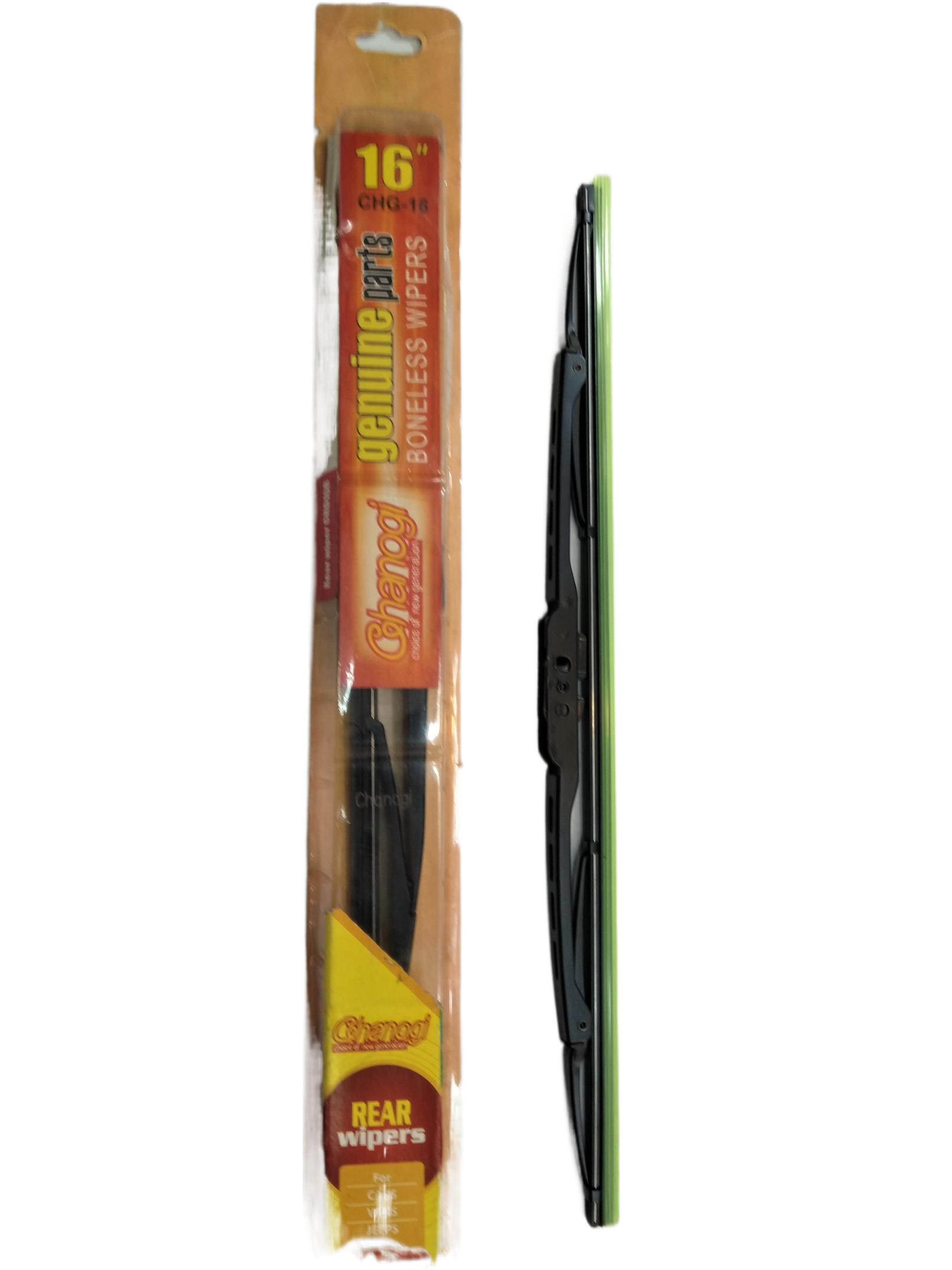Chanogi Rear Wiper NISSAN Caravan,March K-11 TOYOTA Harrier, Dolphin, Allion,Carina, Starlet HYHUNDAI H100 MITSUBISHI Montero Size 16”
24 in stock
රු600.00 රු499.00
- Rear wipers and arms Fit for all Japanese, European, Indian & Chinese cars/jeeps
- Easy to install
- 6 to 16 sizes
- Quality Tafflon rubber
- Easy to install
- Import from SGS certified Gold category manufacture
- Made in PRC and packed in Sri Lanka
- With “Dinasara” warranty
Product Description
https://youtu.be/aUVSDO4Q_Zo
Wiper blades are small technical masterpieces. In the course of their service life they wipe thousands of liters of water from the windscreen. Chanogi wiper blades can handle insects, water or even snow from the vehicle driving ahead, a very good reason to choose Chanogi wiper blade when replacement is necessary. As small as they may be their contribution to road traffic safety is considerable.
Wiper blade ageing
When the blade is new, the rubber is clean and has no nicks or cracks. It wipes the water away without leaving streaks. When the wiper blades age, nicks or cracks form, road grime builds up on the edge and it doesn’t make as tight a seal against the window, so it leaves streaks. Sometimes you can get a little extra life out of your wiper blade by wiping the edge with a cloth soaked in window cleaner until no more dirt comes off the blade.
Worn wiper blades can limit driving visibility, which is potentially unsafe. Experts recommend that you check your blades at least once every six months and replace them if they are worn.
Visual inspection of the wiper blade reveals rubber that has hardened and/or cracked due to exposure to the sun’s ultraviolet rays, tree sap, and road tar, automotive chemicals like oil, brake fluid, coolant, and road grit. Bands of water remain after each wiping stroke.
Extreme hot or cold temperatures or extended periods of non-use can cause blades to exhibit chatter, as the blades skip and vibrate over the windshield. The characteristics to look for include a choppy wiping action or an overall performance set or curve to the blade rubber in one direction and a smeared windshield appearance while wiping.
When the wiping edge of the blade is no longer sharp, but rounded in shape or appearance, the wiper will smear the water across the windshield instead of clearing it off. This causes cloudy and impaired visibility.



